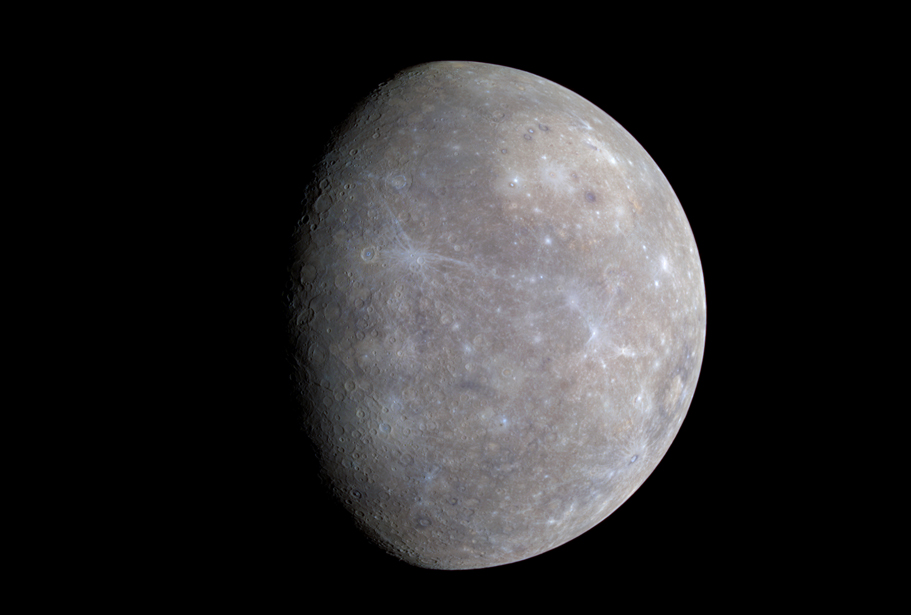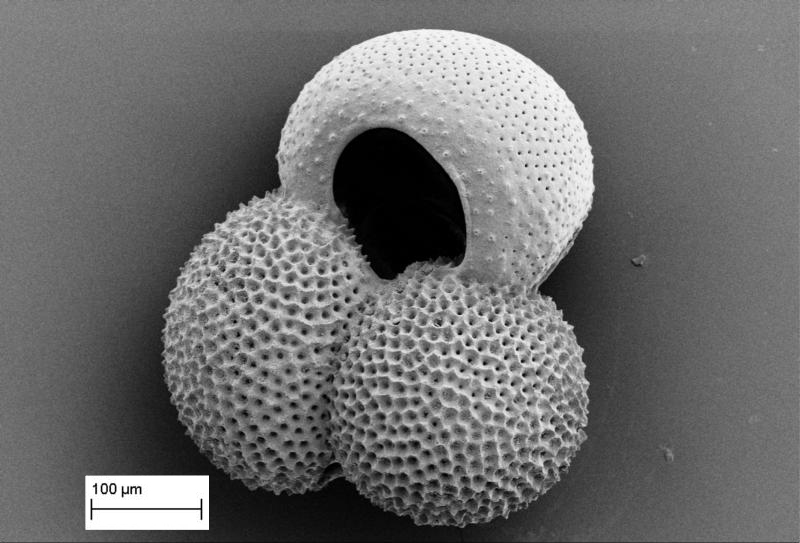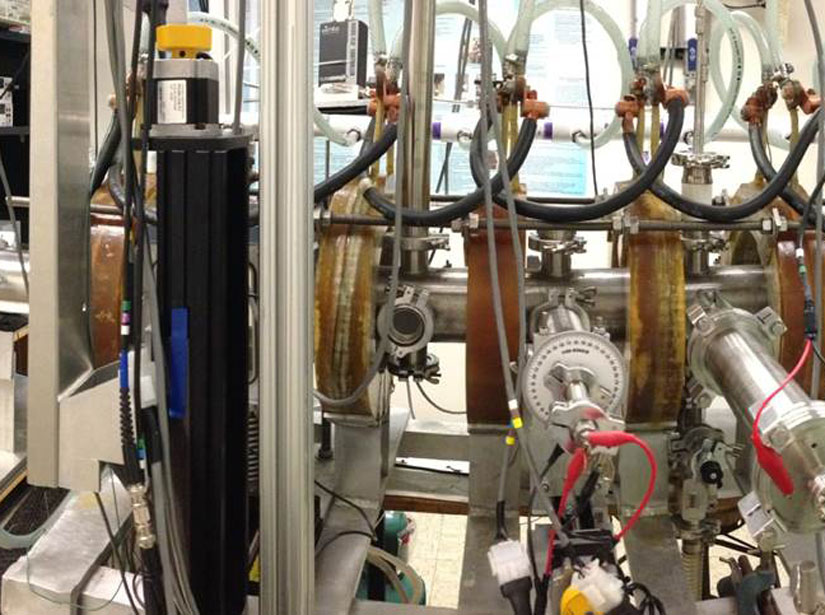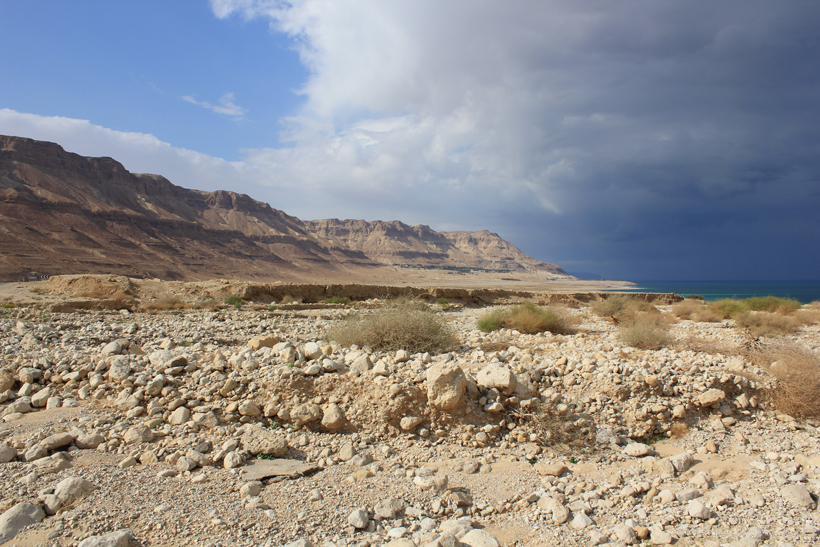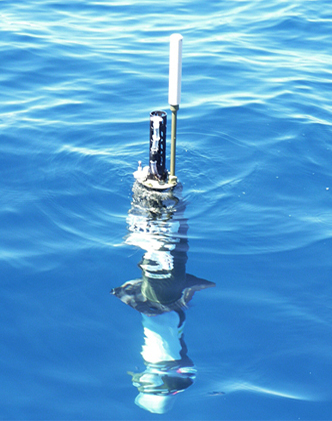NASA's MESSENGER spacecraft discovered electric currents in Mercury's magnetosphere directed toward and away from the planet. Do the currents reach the planet? If so, where do they go?
J. Orwig
Unusual Echo Signal in Atmospheric E Layer
Metallic plasma layers in Earth's ionosphere interfere with radio communications and produce odd echo behavior at specific frequencies.
Found: The Submarine Source of an 1891 Eruption Near Sicily
Analysis of a volcano may help explain why some eruptions produce volcanic balloons–hollow chunks of lava that encase a gas-filled cavity.
What Drove Sea Surface Temperature Change During the Pleistocene?
New information suggests that atmospheric carbon dioxide concentration was just one of the main drivers of warming sea surface temperatures in the Pleistocene.
What Causes Broadband Electrostatic Noise in Space?
Factors that generate electrostatic noise involve how electric fields compress magnetized plasmas.
Rapid Gas Hydrate Forms Pockmarks in Nigeria's Seafloor
The seafloor in deep water regions off the coast of Nigeria is speckled with pockmarks that scientists suggest were mainly made by the rapid formation of gas hydrate.
Hillslopes Regulate Sediment Supply to River Channels
New study rethinks dynamics of runoff-driven erosion in response to rainstorms.
Archean Rocks in the Acasta Gneiss Complex
Studying Archean-age gneissic and schistic rocks in northwestern Canada, researchers determined that the source of these rocks formed 4.3 billion years ago.
Circulation a Key Factor in Mediterranean Algal Growth
Scientists use satellite and robotic field data to study the environmental conditions driving phytoplankton blooms in the northwestern Mediterranean Sea.
Human Actions Affect Greenland Ice Sheet Surface Mass Balance
Scientists address human-driven trends in the Greenland Ice Sheet surface mass balance.

